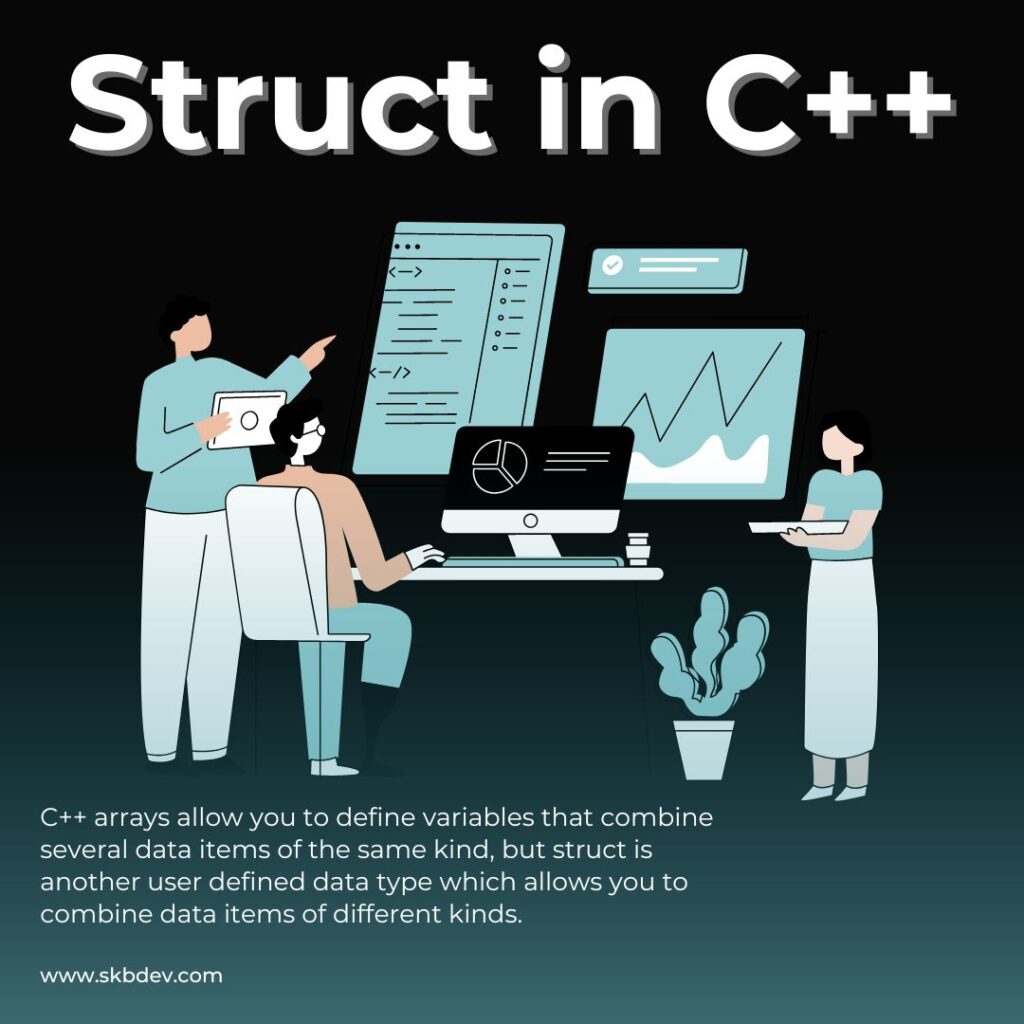A Queue is defined as a linear data structure that is open at both ends and the operations are performed in First In First Out (FIFO) order.
FIFO Principle of Queue
- A Queue is like a line waiting to purchase tickets, where the first person in line is the first person served. (i.e. First come first serve).
- Position of the entry in a queue ready to be served, that is, the first entry that will be removed from the queue, is called the front of the queue(sometimes, head of the queue), similarly, the position of the last entry in the queue, that is, the one most recently added, is called the rear (or the tail) of the queue.

Characteristics of Queue Data Structure
- Queue can handle multiple data.
- We can access both ends.
- They are fast and flexible.
Queue Representation
Like stacks, Queues can also be represented in an array: In this representation, the Queue is implemented using the array. Variables used in this case are-
- Queue: the name of the array storing queue elements.
- Front: the index where the first element is stored in the array representing the queue.
- Rear: the index where the last element is stored in an array representing the queue.
A program that implements the queue using an array is given as follows −
Example
#include <iostream>
using namespace std;
int queue[100], n = 100, front = - 1, rear = - 1;
void Insert() {
int val;
if (rear == n - 1)
cout<<"Queue Overflow"<<endl;
else {
if (front == - 1)
front = 0;
cout<<"Insert the element in queue : "<<endl;
cin>>val;
rear++;
queue[rear] = val;
}
}
void Delete() {
if (front == - 1 || front > rear) {
cout<<"Queue Underflow ";
return ;
} else {
cout<<"Element deleted from queue is : "<< queue[front] <<endl;
front++;;
}
}
void Display() {
if (front == - 1)
cout<<"Queue is empty"<<endl;
else {
cout<<"Queue elements are : ";
for (int i = front; i <= rear; i++)
cout<<queue[i]<<" ";
cout<<endl;
}
}
int main() {
int ch;
cout<<"1) Insert element to queue"<<endl;
cout<<"2) Delete element from queue"<<endl;
cout<<"3) Display all the elements of queue"<<endl;
cout<<"4) Exit"<<endl;
do {
cout<<"Enter your choice : "<<endl;
cin>>ch;
switch (ch) {
case 1: Insert();
break;
case 2: Delete();
break;
case 3: Display();
break;
case 4: cout<<"Exit"<<endl;
break;
default: cout<<"Invalid choice"<<endl;
}
} while(ch!=4);
return 0;
}The output of the above program is as follows
1) Insert element to queue
2) Delete element from queue
3) Display all the elements of queue
4) Exit
Enter your choice : 1
Insert the element in queue : 4
Enter your choice : 1
Insert the element in queue : 3
Enter your choice : 1
Insert the element in queue : 5
Enter your choice : 2
Element deleted from queue is : 4
Enter your choice : 3
Queue elements are : 3 5
Enter your choice : 7
Invalid choice
Enter your choice : 4
ExitIn the above program, the function Insert() inserts an element into the queue. If the rear is equal to n-1, then the queue is full and overflow is displayed. If front is -1, it is incremented by 1. Then rear is incremented by 1 and the element is inserted in index of rear. This is shown below −
void Insert() {
int val;
if (rear == n - 1)
cout<<"Queue Overflow"<<endl;
else {
if (front == - 1)
front = 0;
cout<<"Insert the element in queue : "<<endl;
cin>>val;
rear++;
queue[rear] = val;
}
}In the function Delete(), if there are no elements in the queue then it is underflow condition. Otherwise the element at front is displayed and front is incremented by one. This is shown below −
void Delete() {
if (front == - 1 || front > rear) {
cout<<"Queue Underflow ";
return ;
}
else {
cout<<"Element deleted from queue is : "<< queue[front] <<endl;
front++;;
}
}In the function Display(), if front is -1 then queue is empty. Otherwise all the queue elements are displayed using a for loop. This is shown below −
void Display() {
if (front == - 1)
cout<<"Queue is empty"<<endl;
else {
cout<<"Queue elements are : ";
for (int i = front; i <= rear; i++)
cout<<queue[i]<<" ";
cout<<endl;
}
}The function main() provides a choice to the user if they want to insert, delete or display the queue. According to the user response, the appropriate function is called using switch. If the user enters an invalid response, then that is printed. The code snippet for this is given below −
int main() {
int ch;
cout<<"1) Insert element to queue"<<endl;
cout<<"2) Delete element from queue"<<endl;
cout<<"3) Display all the elements of queue"<<endl;
cout<<"4) Exit"<<endl;
do {
cout<<"Enter your choice : "<<endl;
cin>>ch;
switch (ch) {
case 1: Insert();
break;
case 2: Delete();
break;
case 3: Display();
break;
case 4: cout<<"Exit"<<endl;
break;
default: cout<<"Invalid choice"<<endl;
}
} while(ch!=4);
return 0;
}I hope you liked my article and understood the Queue data structure properly. For more know contact us. And also check Salman Travo Blog for travel blogs.









Pingback: Stack in Data Structure - SKB Development
Pingback: Text Selection Color Changing - SKB Development
Your posts always provide me with a new perspective and encourage me to look at things differently Thank you for broadening my horizons